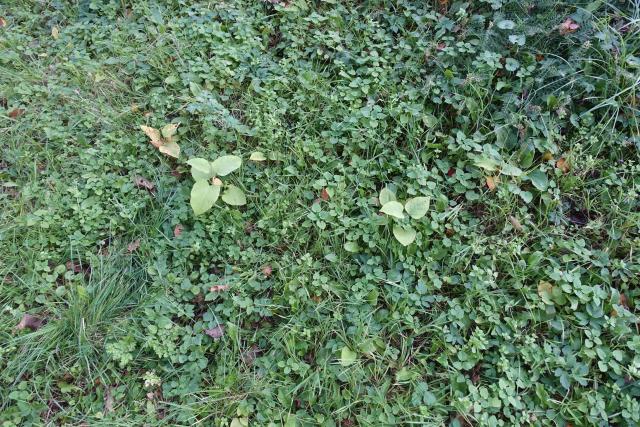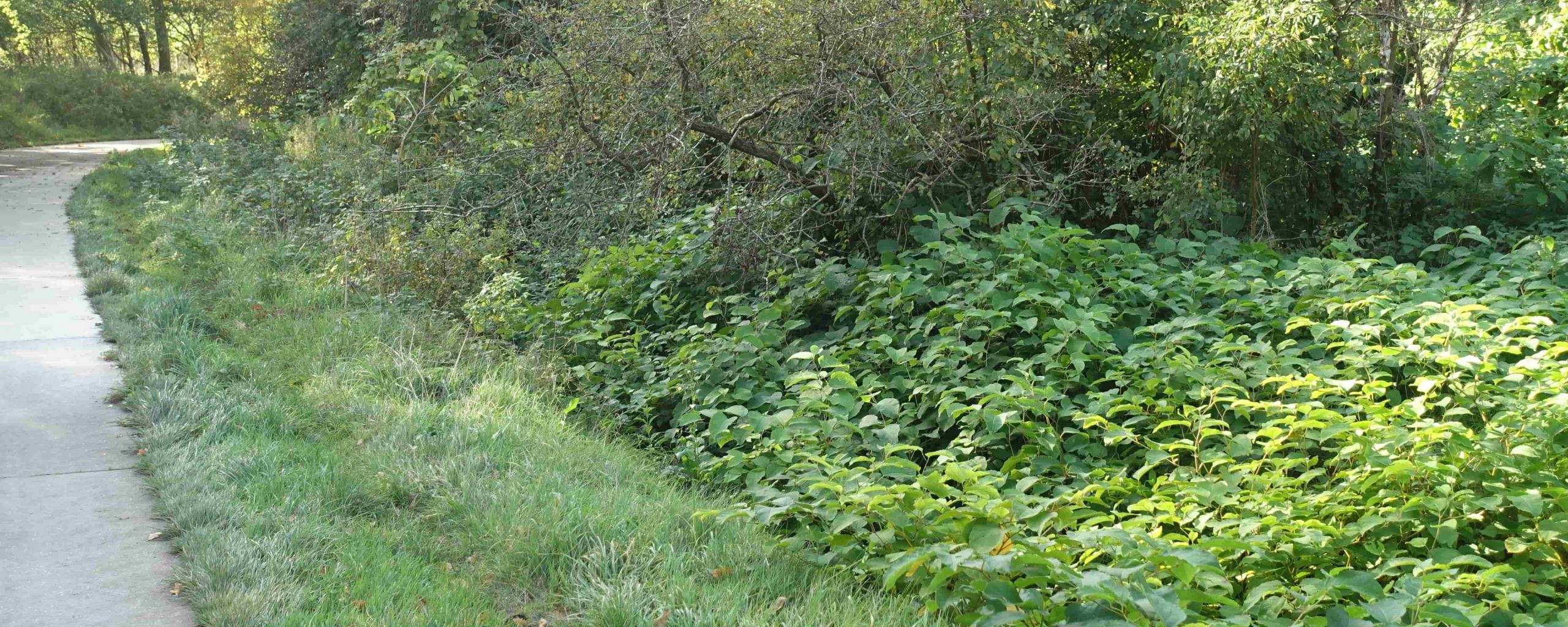Japanese knotweed
In Voorne aan Zee , Japanese knotweed is growing in several places. It is a fast-growing plant that is difficult to control. How do you recognize the plant and how you can help control it?
What is Japanese knotweed?
- The stems of Japanese knotweed are hollow and look a bit like bamboo. They are green with reddish spots. At the border of two stem compartments is a node from which a side branch with leaves grows.
- The large leaves are light green and heart-shaped.
- It blooms in August and September with creamy white flowers but does not form seeds.
- Small pieces of root and stem can sprout again to form a new plant.
Where in Voorne aan Zee does Japanese knotweed grow?
The municipality knows the growth sites of the plant. At these sites, the plant is always mowed and the grass clippings removed. Developments are monitored and recorded. For each location an annual assessment is made as to whether the approach followed needs to be adjusted.
Do you see Japanese knotweed growing in a place not yet known to us? Call 14 0181 and report it to us!
How do you recognize the plant?
- The plant is a large bunch of stems that emerge from the ground.
- In June, the stems already shoot out of the ground, identified by the red tips.
- Stems resemble bamboo stalks, are hollow and covered with red spots
- The leaves alternate on the stem.
- The leaves are light green, large, heart-shaped.
- In spring, the leaves have red veins.
- From July to October, the plant has creamy white flowers.
- The roots are orange inside.
- From the root corm come white shoots, resembling asparagus.
Control: What can you do yourself if the plant is on your own land?
Try to weaken the plant by cutting, plucking or mowing the stems a few times during the growing season.
1. Try to remove the offshoots very precisely, without leaving any roots behind.
2. Dispose of stems and plant remains in the gray bin (residual waste). Do you have a lot of waste? Then drop it off at the Environmental park.
3. Remember to clean garden tools, clothing and footwear thoroughly.
4. If you wish, you can use a legal herbicide at the end of the growing season (September).
Combat : What is the municipality doing?
Herman Poldervaart works in the municipality's field service. "We have been actively working for years to control Japanese knotweed. We regularly go out to mow. We take the clippings, separated from other green waste, to a compactor. There it is burned. Smaller plants that are further apart are picked. We try as much as possible to pull out the roots as well. By doing this you exhaust the plant. In this way we try to control the growth and prevent the plant from getting bigger and spreading further. We keep doing this until there is a method to permanently control the plant. The stem of Japanese knotweed consists of several parts. Each part can grow into a new plant. It is therefore very important to dispose of the remains carefully."
Japanese knotweed before and after
This is what Japanese knotweed looks like in a field before targeted control efforts. Some plants are more than two meters tall!
For

Here you can see a field where the municipality is successfully working to control Japanese knotweed. "However, we can never be completely sure if that the plant is completely gone, so it remains watchful," Herman said.
After

Learn more
Learn more about Japanese knotweed
For more information, call the Municipality of Voorne aan Zee at 14 0181. The Wageningen University website also provides extensive information on recognizing and controlling Japanese Knotweed.
